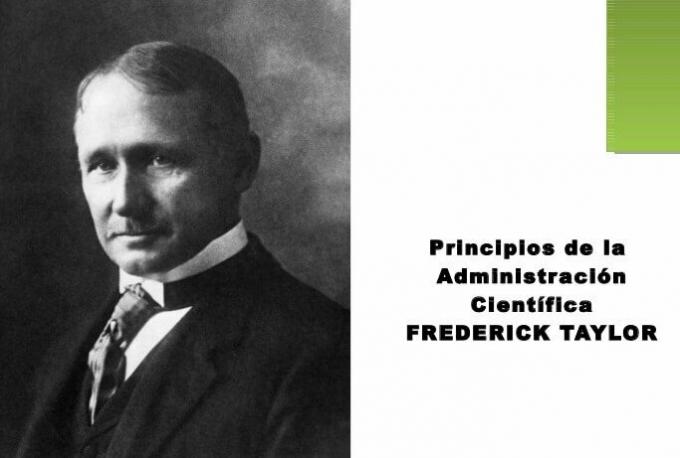Frederick Winslow Taylor is one of the fathers of the concept of scientific administration. Taylor was a true believer that a factory worker could improve his efficiency by carried out a scientific study of their way of working, a concept that basically comes from the analysis of time and movements. This was what was called Rational Organization of Work (ORT).
This theory is based on 9 points that will be explained below:
Advertisements
- Analysis of work and study of times and movements: Taylor believed that by studying workers' times and movements, useless movements and downtimes could be eliminated.
- Study of human fatigue: According to this theory, human fatigue had the effect of decreasing productivity and quality of work. The ultimate goal of scientific management was to eliminate movements that produce fatigue.
- Division of labor and specialization of the operator: As a result of the time and motion studies, it was found that the best way to increase productivity was dividing and specializing the work. It was during this time that the concept of “assembly lines”.
- Design of positions and tasks: Under Taylor's theory, designing positions with specific tasks facilitates recruitment and lowers costs since cheaper labor can be hired. Job execution errors are also reduced.
- Salary incentives and production awards: The scientific administration suggests that salary incentives and production awards are a way to achieve the collaboration of the operator. Under this concept, wages should be for production, per assembled piece, etc.
- Homo economicus concept: This concept is born from point 5 and says that man is motivated only by salary rewards and consequently:
"To work for fear of hunger and the need for money to live"
- Environmental conditions of work: According to this theory, the worker will be more efficient to the extent that he has the working conditions to develop his work (better physical environment, better tools, adequacy of equipment for the minimum effort of the operator.)
- Standardization of methods and machinery: At this point, it is necessary to standardize the processes to reduce the variability of the final result.
- Functional supervision: Taylor believed in the functional supervision of the worker, that is, each person could have several supervisors with sufficient authority to correct the execution of tasks.
The theory of Rational Organization of Work, it has evolved and these views have been strongly criticized by other branches of modern administration.


